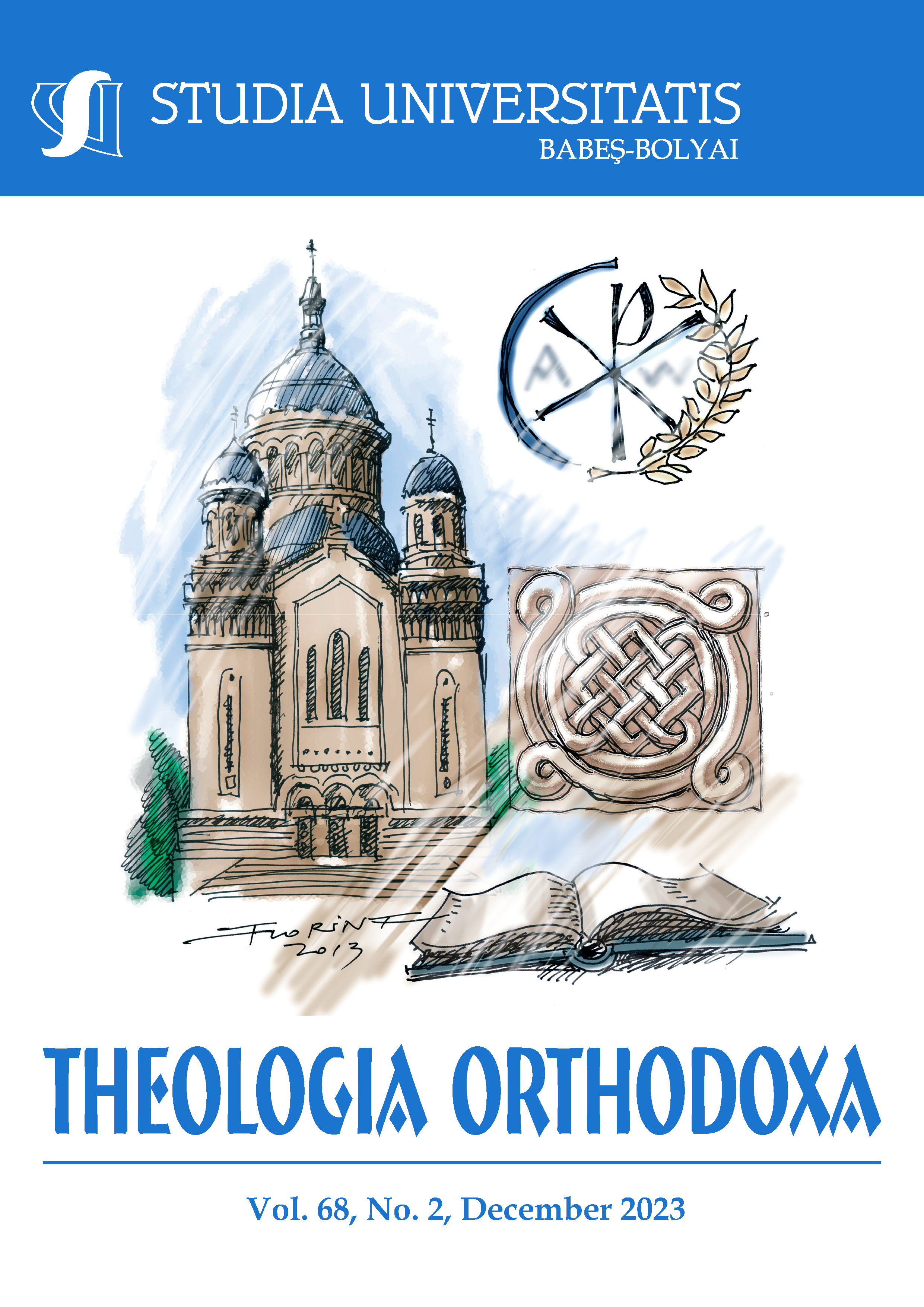The Gospel of Matthew and the Pesher Interpretation
DOI:
https://doi.org/10.24193/subbto.2023.2.01Keywords:
pesher, fulfilment, formula quotations, Midrash, exegesis, Qumran, Eschatology, Second Temple, Matthew's Gospel, hermeneuticsAbstract
This study explores the pesher interpretation, a method of biblical exegesis used by the Qumran community, and whether early Christians like the author of Matthew's Gospel employed similar techniques. Since the 1950s, scholars have analysed the so-called “formula quotations” in Matthew, finding parallels with the pesharim commentaries found among the Dead Sea Scrolls. Krister Stendahl argued Matthew comes from a “school” using pesher to radically reinterpret Old Testament passages as fulfilled in Jesus. Others like Richard Longenecker also find Matthew employing this Second Temple Jewish method, especially in texts with “fulfilment formulae”. However, objections have been raised. Joseph Fitzmyer notes the differences between Qumran pesharim and Matthew's use of scripture. Norman Hillyer wonders if the fulfilment formula indicates a distinct hermeneutic, not pesher. Ulrich Luz stresses Matthew proclaims fulfilment, not hidden meanings like pesharim. In conclusion, applying the ideas of pesher from Qumran to the New Testament raises problems. Similarities between pesher and Patristic exegesis are noted, but determining dependence requires examining the original historical meaning versus the contemporary application of prophecies. More analysis of whether early Christian use of scripture mirrors Qumran pesher or develops its fulfilment hermeneutic is needed.
References
Biggs, Robert D. et al. (Eds.), The Assyrian Dictionary of the Oriental Institute of the University of Chicago. Vol. 12. Chicago: Oriental Institute, 2005.
Brownlee, William H. “Biblical Interpretation Among the Sectaries of the Dead Sea Scrolls.” Biblical Archaeologist 14 (1951): 53-76.
Fitzmyer, Joseph A. “The Use of Explicit Old Testament Quotations in Qumran Literature and in the New Testament.” New Testament Studies 7/4 (1961): 297-333.
Gärtner, Bertil. “The Habakkuk commentary (DSH) and the Gospel of Matthew.” Studia Theologica – Nordic Journal of Theology 8/1 (1954): 1-24.
Gundry, Robert Horton. The Use of the Old Testament in St. Matthew’s Gospel with Special Reference to the Messianic Hope. Leiden: Brill, 1967.
Hillyer, Norman. “Matthew’s Use of the Old Testament.” The Evangelical Quarterly 36/1 (1964): 12-26.
Horovitz, S., “Midrash”. In Singer, Isidore (Ed.), The Jewish Encyclopedia: A Descriptive Record of the History, Religion, Literature, and Customs of the Jewish People from the Earliest Times to the Present Day. Vol. 8. New York-London: Funk & Wagnalls, 1901-1906.
Kirk, J. R. Daniel. “Conceptualising Fulfilment in Matthew.” Tyndale Bulletin 59/1 (2008): 77-98.
Lim, Timothy H. Pesharim, coll. Companion to the Qumran scrolls. Vol. 3. London: Sheffield Academic Press, 2002.
Longenecker, Richard N. Biblical Exegesis in the Apostolic Period. Grand Rapids: Eerdmans, 21999.
Lunde, Jonathan. “An Introduction to Central Questions in the New Testament Use of the Old Testament”. In Berding, Kenneth and Lunde, Jonathan (Eds.), Three Views on the New Testament Use of the Old Testament, coll. Zondervan Counterpoints Collection. Grand Rapids: Zondervan, 2008.
McKinney, Potter Cain. To Fulfill What is Written: Reconsidering the Fulfillment-Formula Quotations of the Gospel of Matthew (BA Thesis). Williamsburg: William & Mary, 2021.
Rotar, Adriana. “An introduction to the Qumran archaeology in the light of Roland de Vaux’s research.” Romanian Orthodox Old Testament Studies 2 (2009): 73-87.
Stendahl, Krister. The School of St. Matthew and Its Use of the Old Testament. In Acta Seminarii Neotestamentici Upsaliensis. Vol. 20. Uppsala: Almqist and Wiksells, 1954.
Downloads
Published
How to Cite
Issue
Section
License
Copyright (c) 2023 Studia Universitatis Babeș-Bolyai Theologia Orthodoxa

This work is licensed under a Creative Commons Attribution-NonCommercial-NoDerivatives 4.0 International License.





 ISSN (print): 1224-0869, ISSN (online): 2065-9474, ISSN-L: 2065-9474
ISSN (print): 1224-0869, ISSN (online): 2065-9474, ISSN-L: 2065-9474